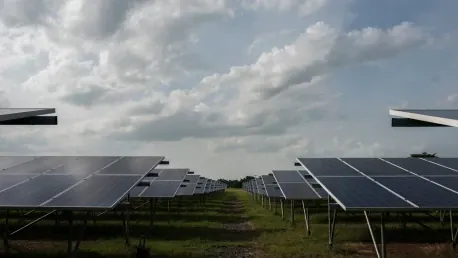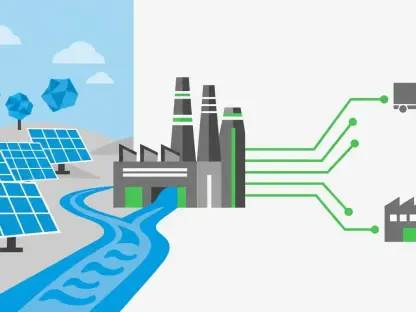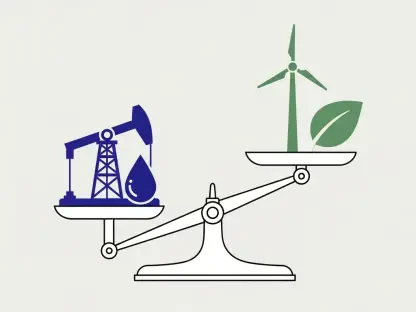Montenegro’s power utility, Elektroprivreda Crne Gore (EPCG), has unveiled an ambitious plan to bolster its renewable energy portfolio by adding 200 MW of solar power plants within the next three years. In the latest development, CEO Ivan Bulatović revealed that the company’s strategy includes the initiation of production at the Gvozd wind farm by the end of the year. By integrating photovoltaic plants into the energy grid, EPCG aims to enhance its already impressive renewable energy capacity, reflecting the country’s commitment to sustainable energy solutions.
Expanding Renewable Energy Capacity
At the forefront of this initiative is the continued expansion of Montenegro’s solar energy capabilities. The country currently leads the region with approximately 70 MW of small rooftop solar systems. This capacity is set to rise to 100 MW by the end of this year, showcasing Montenegro’s substantial progress in adopting prosumer energy concepts. This approach empowers consumers to generate their own electricity and contribute to the grid, promoting sustainable energy use and reducing dependency on traditional power sources.
Adding to these efforts, the Kruševo hydropower project stands out as a significant venture. Developed in collaboration with France’s EDF, the project represents a major leap forward in Montenegro’s renewable energy landscape. A project design contract was inked the previous December, underscoring the international partnerships playing a crucial role in advancing Montenegro’s energy infrastructure.
CEO Bulatović has emphasized that despite the region’s grid being relatively advanced due to historical investments from the era of former Yugoslavia, current transmission systems across Europe are largely unprepared for the swift integration of renewable energy sources. Montenegro’s legal framework, however, provides a foundation for smoothing some developmental hurdles, offering investors the opportunity to independently build grid connections. This not only facilitates the projects but also relieves some pressure off existing infrastructures.
Enhancing Regional Grid Connectivity
In line with EPCG’s ambitious goals, efforts are also underway to further enhance the regional and European electricity grid connectivity. Preparations for a second submarine electricity interconnection cable to Italy are in progress, with the initial link already contributing 600 MW capacity. Such interconnections are crucial for ensuring efficient and reliable transmission capabilities, underpinning the success of renewable energy initiatives.
To further bolster regional integration, the construction of the Trans-Balkan Corridor, along with planned connections with Albania and Bosnia and Herzegovina, are pivotal. These projects aim to create a seamless energy network that can accommodate future electricity production needs, ensuring stability and efficiency in the regional grid. Bulatović stressed the importance of continuous transmission system development to cater to investor requirements and the upcoming needs for enhanced electricity production.
Montenegro’s proactive stance on improving its grid infrastructure highlights its determination to support the rapid adoption of renewable energy sources. With historical investments forming a base, current initiatives focus on ensuring the grid’s readiness and resilience. This approach positions Montenegro as a key player in the renewable energy sector, allowing it to contribute significantly to both regional and European electricity markets.
Montenegro’s Commitment to Future Energy Needs
Montenegro’s power utility, Elektroprivreda Crne Gore (EPCG), has revealed an ambitious strategy to significantly expand its renewable energy capabilities. In the next three years, the company aims to add 200 MW of solar power plants. CEO Ivan Bulatović recently shared more details about this plan, noting that it also includes starting production at the Gvozd wind farm by the end of the year. This initiative is part of EPCG’s broader goal to integrate more photovoltaic plants into the country’s energy grid. By doing so, EPCG hopes to substantially increase its renewable energy capacity, aligning with Montenegro’s ongoing commitment to sustainable energy solutions. This move is expected to significantly contribute to the reduction of carbon emissions and provide a more reliable, environmentally friendly energy source for Montenegro’s populace. The company’s focus on renewable energy highlights its dedication to contributing positively to the fight against climate change.









